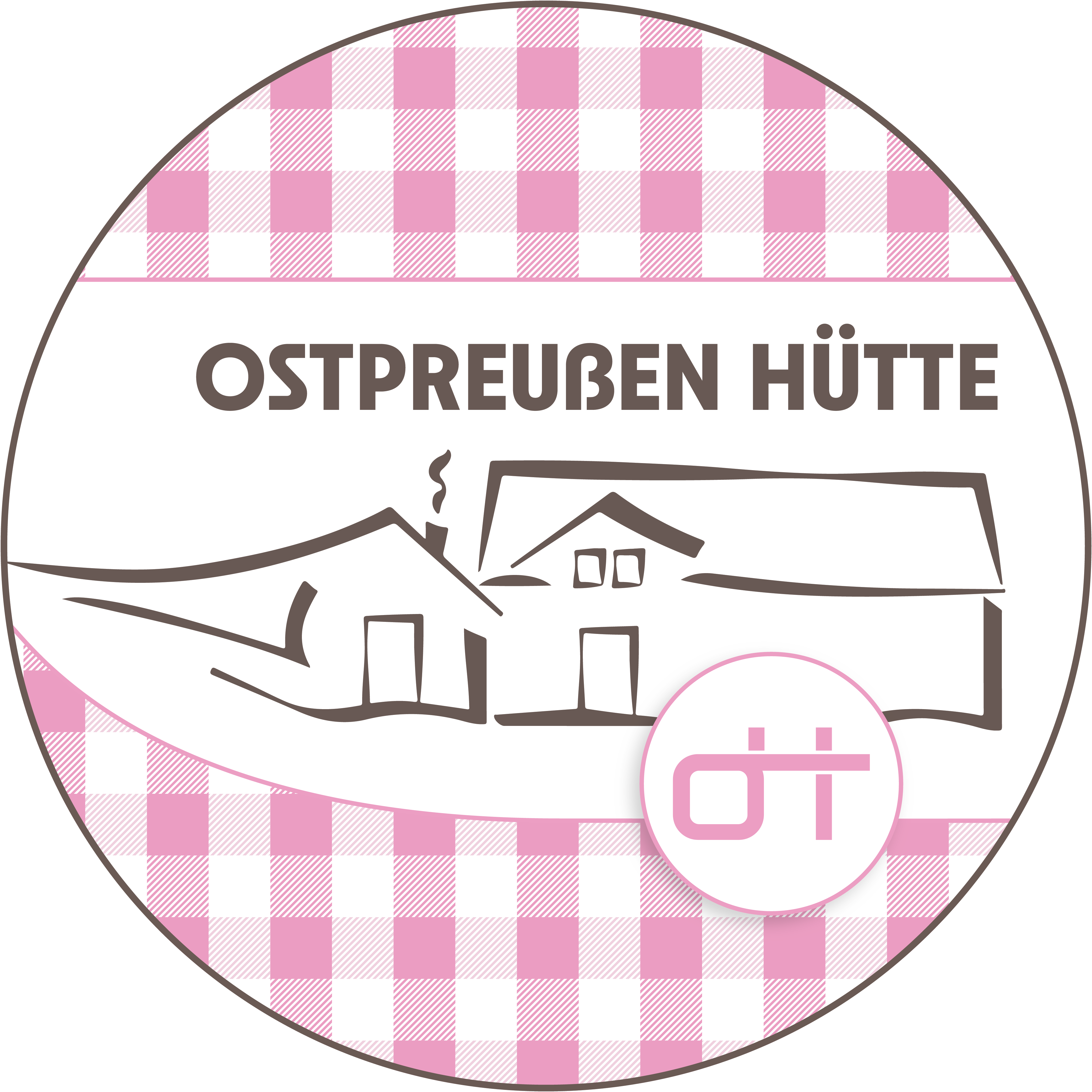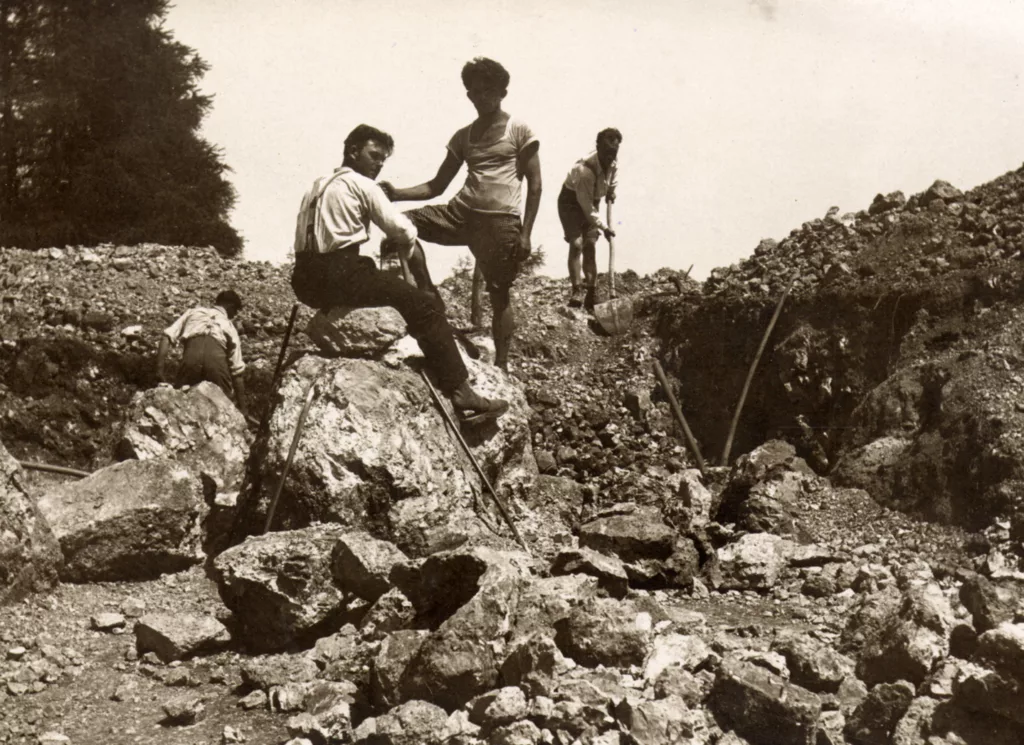
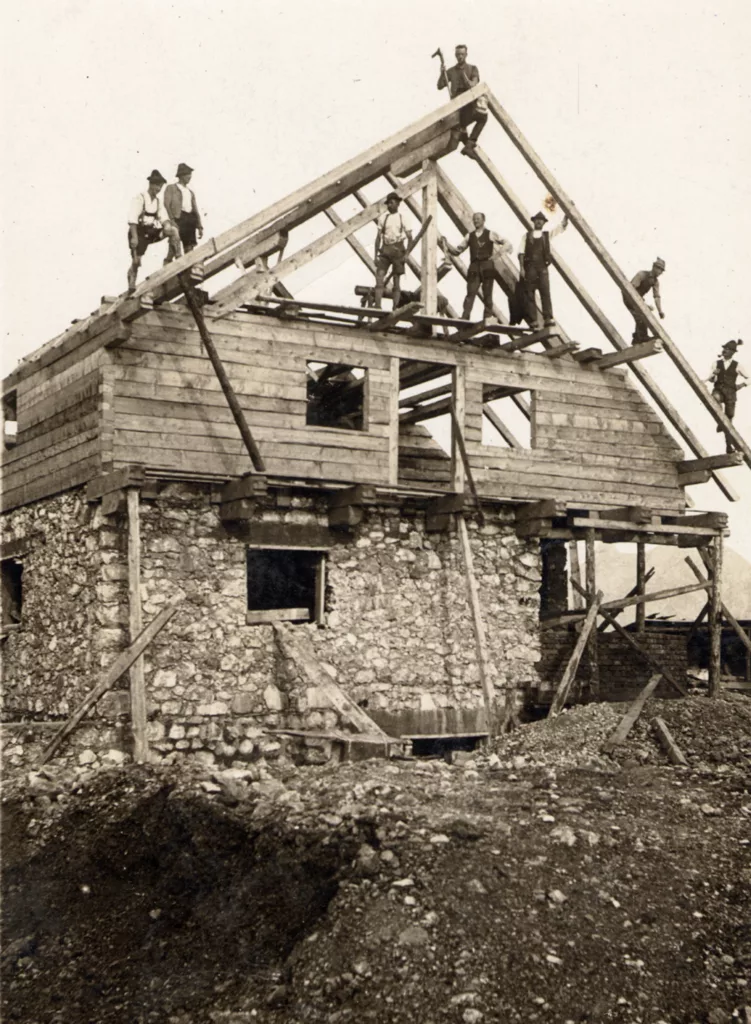
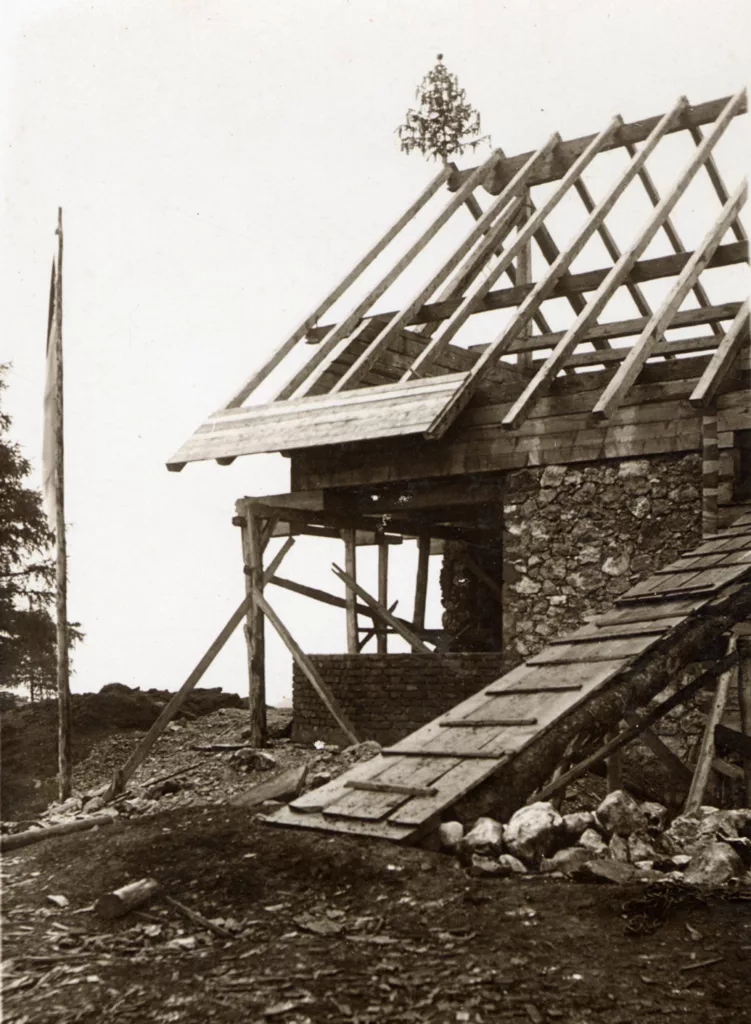
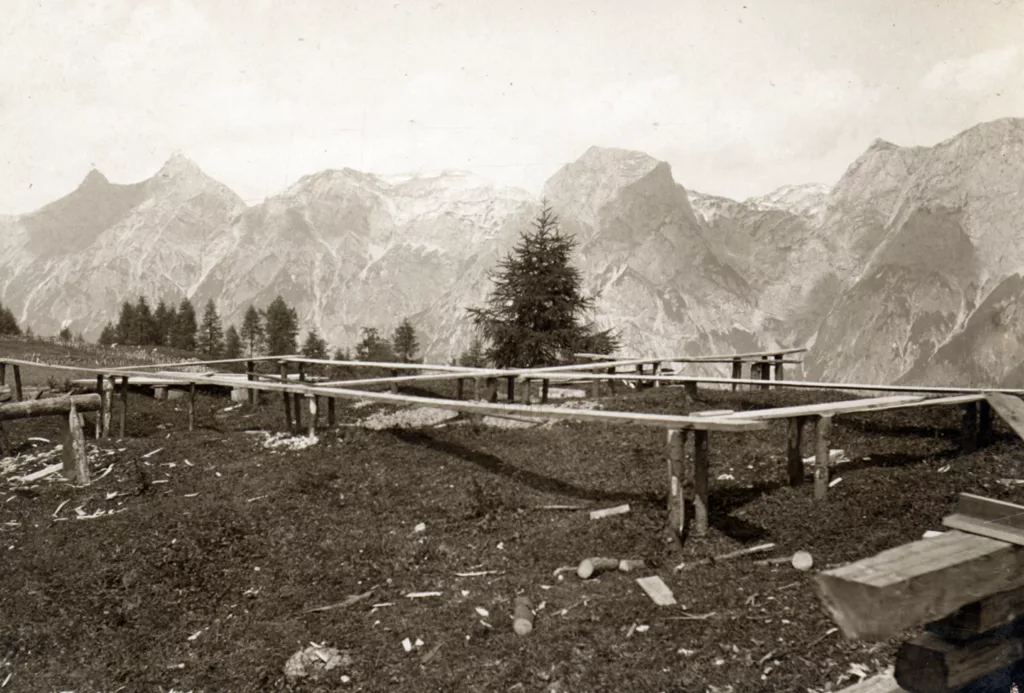
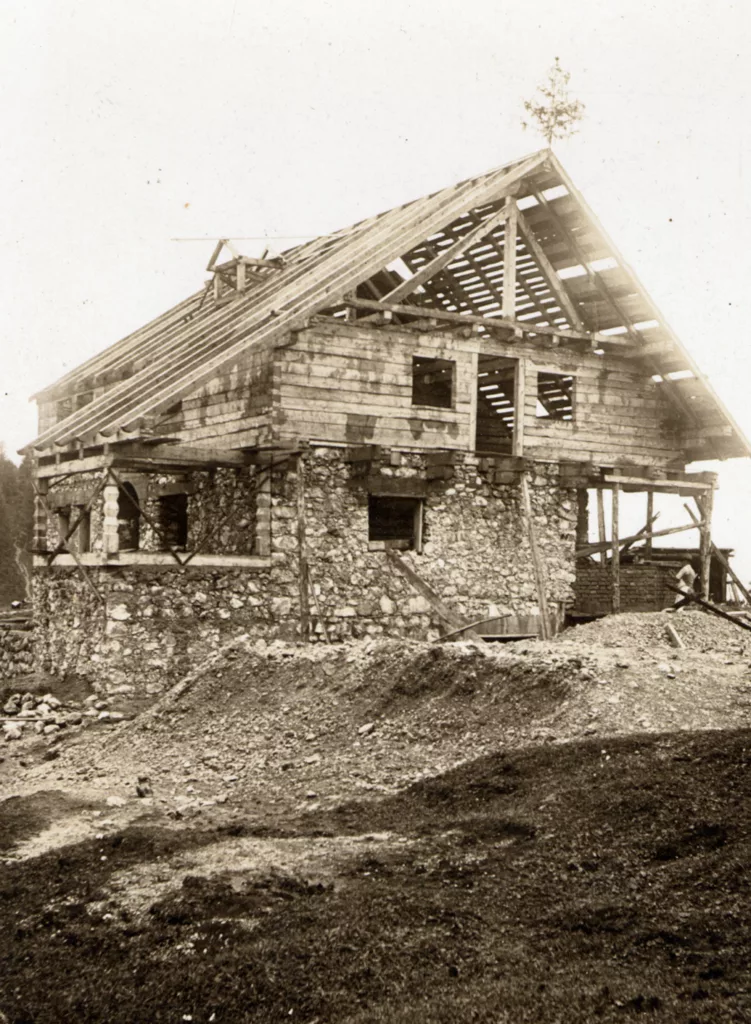
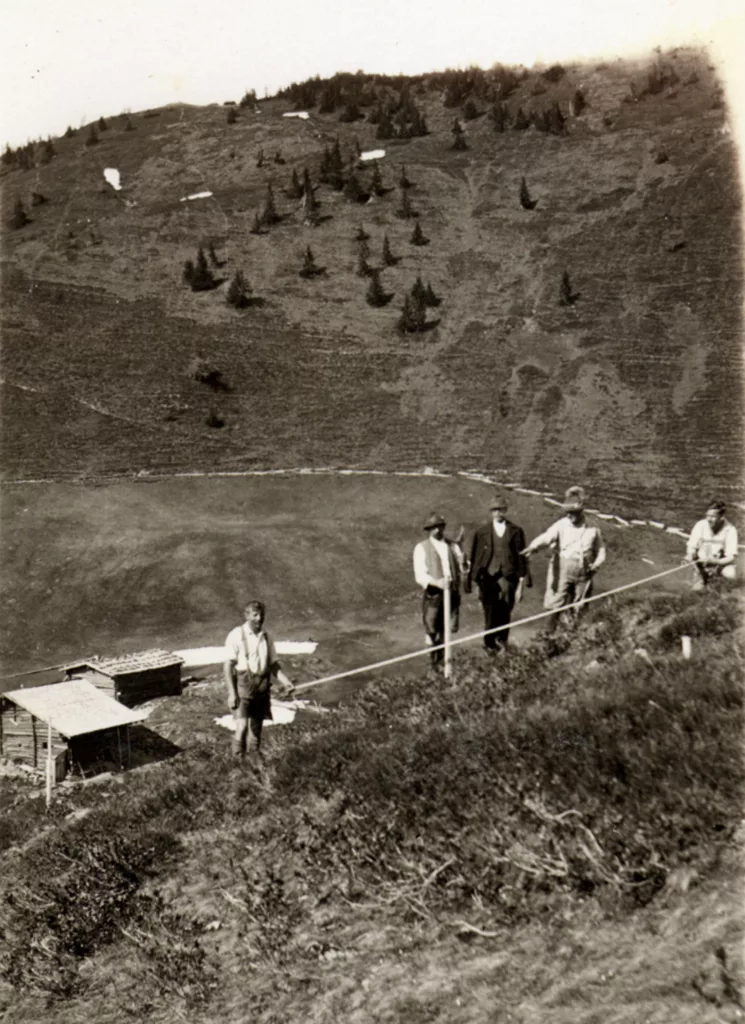
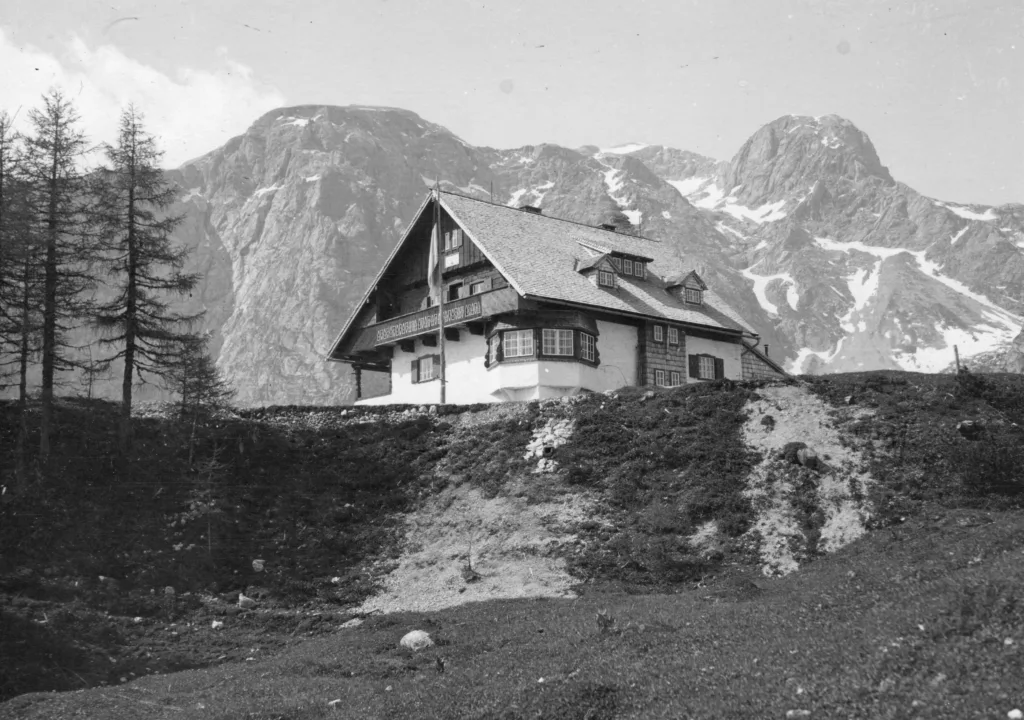
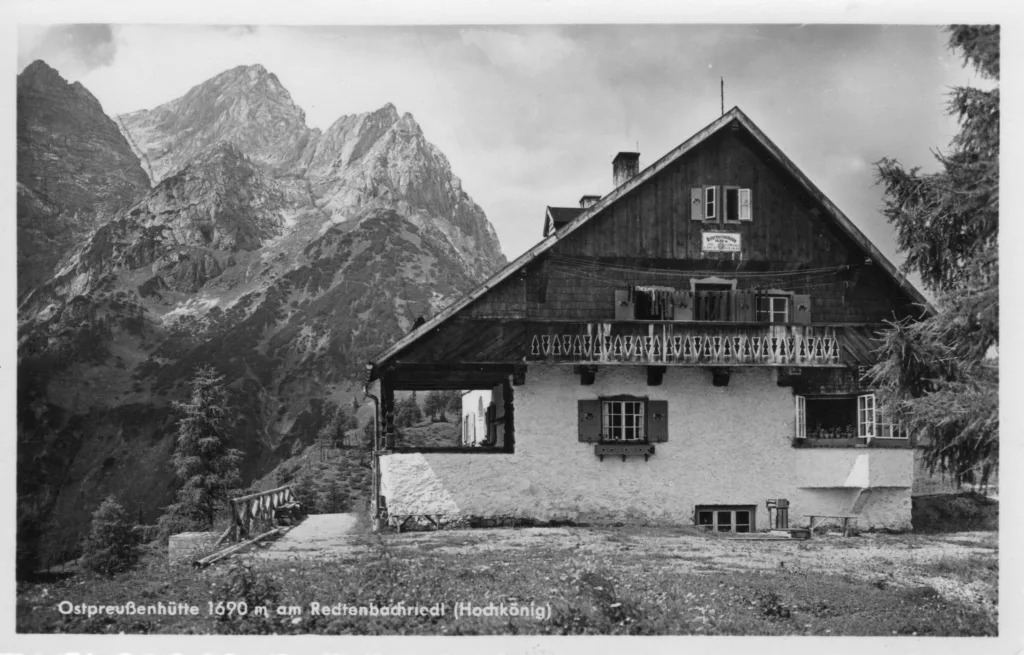
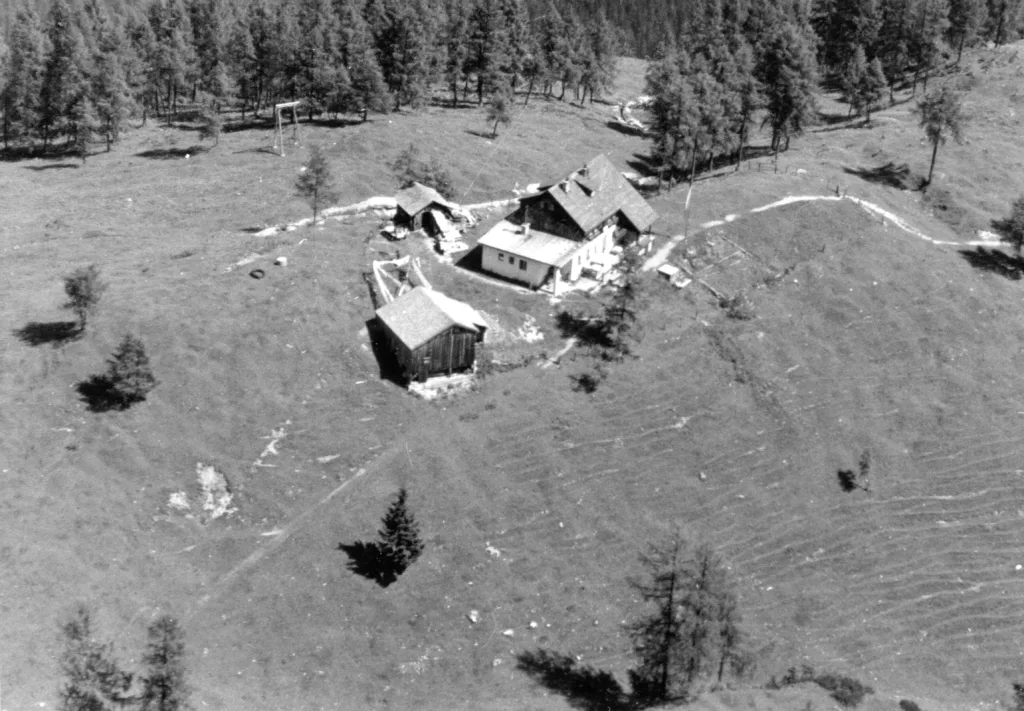
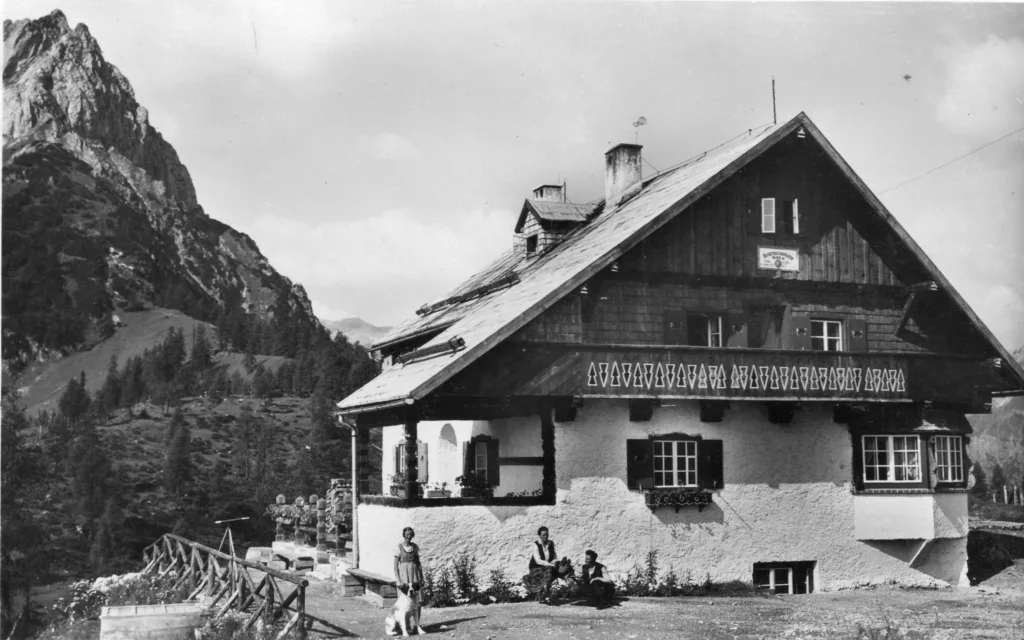
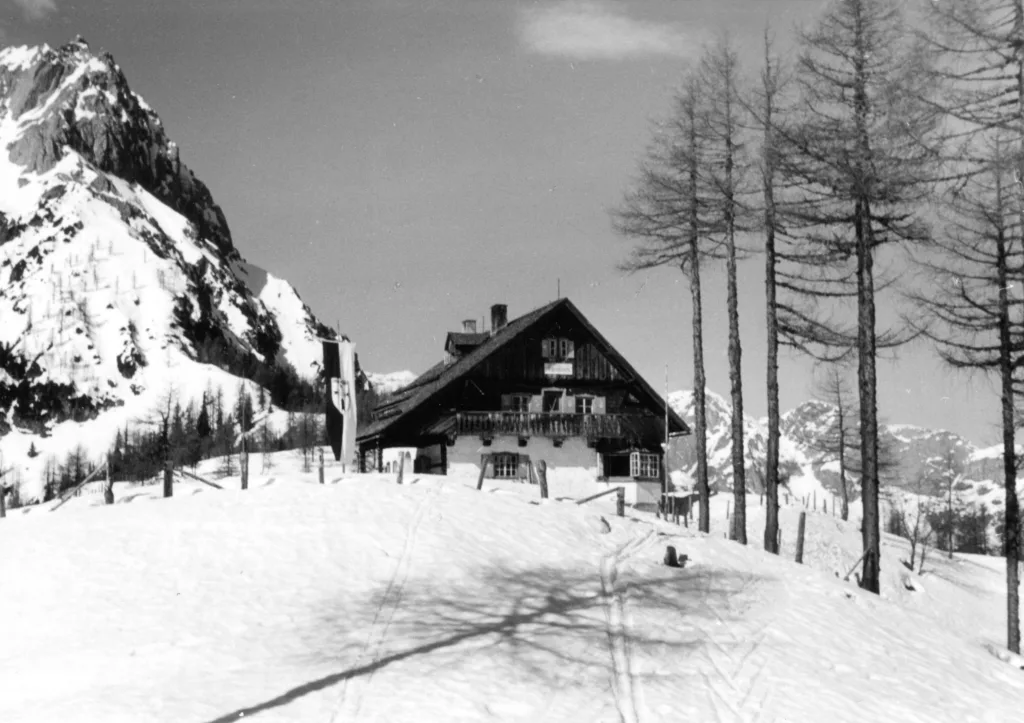
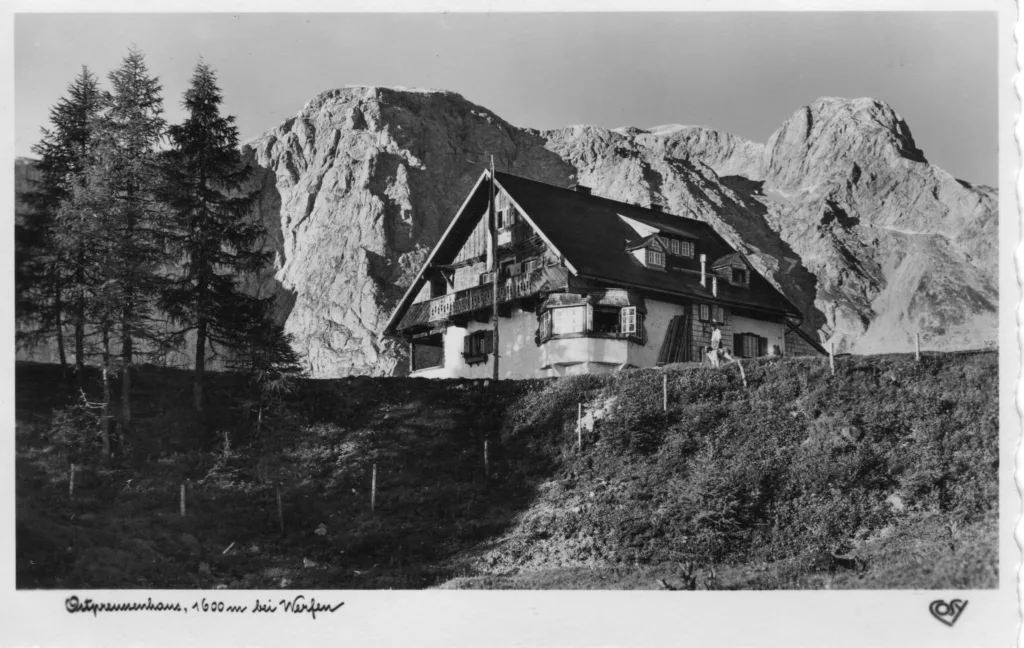
To understand the history of the East Prussian hut, I want to go back a long way. It began about 500 years ago. The Reformation had also found many followers in the deeply Catholic Prince-Archbishopric of Salzburg. At one point, up to 70% of the population were inclined towards the Protestants and turned away from the church, which was considered corrupt. The Catholic Church, represented by Archbishop Matthäus Lang (*1468 Augsburg, +1540 Salzburg), which also had power and legislation at the time, criminalized the Protestants. Matthäus Lang was a secretary in the diplomatic service of Maximilian I and acquired power and benefices through clever tactics. He was raised to the nobility in 1498 as Matthäus Lang von Wellenburg. He was a fanatical persecutor of Protestant Christians, especially the Anabaptists.
In the Salzburg Peasants’ Revolt of 1525/26, peasants and believers resisted the archbishop and occupied, among other things, the Hohenwerfen Fortress.
In the long term, however, they had no chance against the violent oppression by the authorities. The Salzburg bishop Wolf Dietrich von Raitenau (*1559, +1617 in Salzburg) expelled all Protestants from the country in 1588. However, there were still numerous secret Protestants underground among the farmers in Pongau – in the exact area of the Salzach around the Hochkönig massif, where the Ostpreußenhütte is located today.
Construction of the East Prussia Hut began in 1927. In memory of the Salzburg exiles who were expelled to East Prussia in 1731/32, construction of the East Prussia Hut began on the Rettenbachriedel, above Werfen at an altitude of 1630m, with a view of the Teufelshörner. After only one year of construction, the hut was inaugurated by Franz Boy on July 25, 1928.
According to the story, a member of the section who had travelled from East Prussia was informed by the ice cave guide, Eduard Justus that there was no base on the 10-hour route from Werfen to the Matrashaus (2941 m) on the Hochkönig. Eduard Justus then personally convinced the members of the magnificent beauty of the mountains and the Hochkönig with a lecture in the distant Königsberg.
Dr. Cornelius Chucholowski
